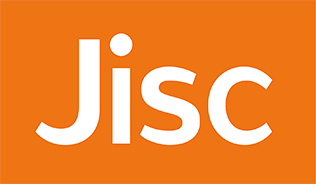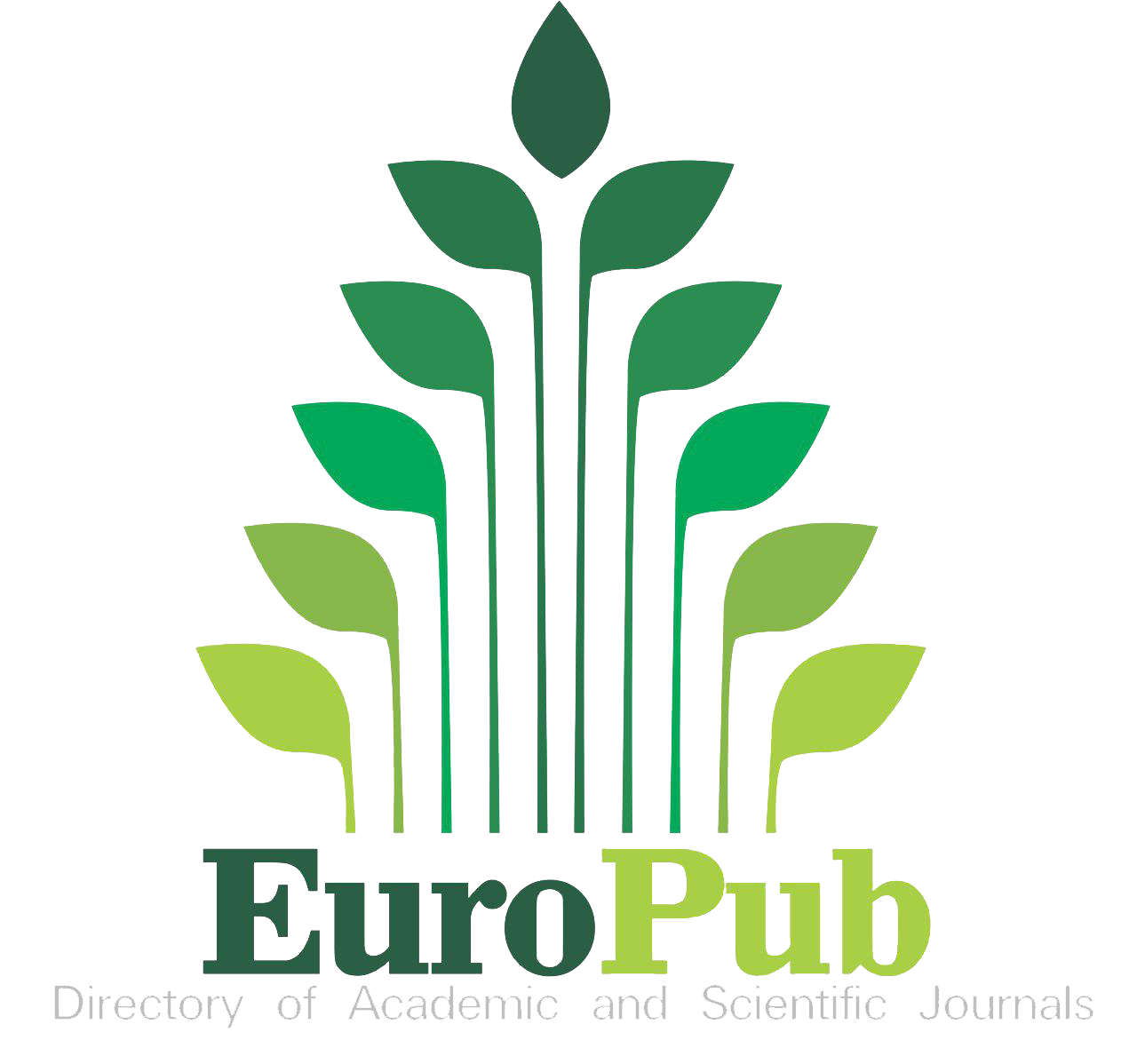An Assessment of the Relationship of Flash Retailing to Customer Engagement: Its Impact as a Marketing Strategy
DOI:
https://doi.org/10.54536/ajebi.v4i2.5462Keywords:
Consumer Engagement, Consumerism, Ephemerality, Experiential Stores, Pop-Up StoresAbstract
In a fast-moving region like Metro Manila, where trends can rise and fall rapidly, standing out as a brand becomes more challenging than ever. Pop-up stores, which are temporary retail shops designed to attract customers through time-limited shopping experiences, are an emerging tactic for marketing. One important aspect of this strategy is ephemerality, or the short-term nature of pop-up stores, which helps create urgency and plays a growing role in how businesses attract consumers. These stores help brands get noticed, connect better with customers, and spread awareness through both social media and real-life interactions. This research aims to define whether pop-up stores effectively engage customers and whether they can be a suitable strategy for startups and new product launches alike. The study was conducted in Metro Manila, Philippines, with 417 randomly selected respondents. Data were collected through survey questionnaires using a Likert scale to measure customers’ opinions on pop-up retailing. Simple random sampling was used to ensure unbiased responses. Factors that define customer engagement such as: brand recognition, brand appeal, word of mouth, customer satisfaction and personalized experiences, will be subtopics vitally used in identifying the relationship between the two main variables. The findings of this study will help businesses understand the role of pop-up stores in enhancing customer engagement and brand awareness. Additionally, it will offer insights into how the ephemeral nature of pop-up stores influences consumer behavior, generating a sense of exclusivity and excitement that traditional retail formats may not provide. The results may guide companies to improve their retail strategies and create a better experience for their customers.
Downloads
References
Alifia, S., & Hidayat, A. M. (2025). The influence of product quality, service quality, and store atmosphere on purchasing decisions McDonald’s Indonesia. American Journal of Economics and Business Innovation, 4(1), 47–55. https://doi.org/10.54536/ajebi.v4i1.2889 -
Barreto, A. (2015). The Word-of-Mouth Phenomenon in the Social Media Era.International Journal of Market Research. 56. 431. 10.2501/IJMR-2014-043.
Brakus, J. (2009). Brand experience: What Is It? How Is It Measured? Does It Affect Loyalty?. Journal of Marketing, 73. https://doi.org/10.1509/jmkg.73.3.52.a
Cabauatan, R., Flores, D. M., & Madrid, L. M. (2025). Factors affecting the consumer purchasing intention on Pop-Up markets in Metro Manila. TWIST Journal, 20(1), 127–139. https://twistjournal.net/twist/article/view/618/420
Customer engagement: Definition, benefits, and strategies to improve your retention. (n.d.). https://www.paddle.com/resources/customer-engagement
Kervenoael, R. D., Bajde, D., & Schwob, A. (2018). Liquid retail: cultural perspectives on marketplace transformation. Consumption Markets & Culture, 21(5), 417-422. https://doi.org/10.1080/10253866.2018.1462583
Deng, Z. (2024). Research on Pop-up Stores from the Perspective of Visual Marketing. In Proceedings of the 2nd International Conference on Business and Policy Studies (pp. 238-243). https://doi.org/10.54254/2754-1169/7/20230239.
Klein, J. F., Falk, T., Esch, F. R., & Gloukhovtsev, A. (2016). Linking pop-up brand stores to brand experience and word of mouth: The case of luxury retail. Journal of Business Research, 69(12), 5761-5767. https://doi.org/10.1016/j.jbusres.2016.04.172.
Fuentes, C., & Hagberg, J. (2018). Retail formations: tracing the fluid forms of an online retailer. Consumption Markets & Culture, 21, 1-22. 10.1080/10253866.2018.1462168.
Fuentes, C., & Spitzkat, A. (2019). Here today, gone tomorrow: The organization of temporary retailscapes and the creation of frenzy shopping. Journal of Retailing and Consumer Services, 49, 198-207. https://doi.org/10.1016/j.jretconser.2019.03.010.
Haas, S., & Schmidt, L. (2016). What drives the success of pop-up stores?. Wissenschaftliche Beiträge 2016, 20, 89-95. https://doi.org/10.15771/0949- 8214_2016_1_12.
Hasan, M., & Sifat, A. I. (2025). Influencers’ Impact on Consumer Engagement and Sales Conversion on Social Media: Facebook vs Instagram. American Journal of Economics and Business Innovation, 4(1), 20–30. https://doi.org/10.54536/ajebi.v4i1.3859
Henkel, L., & Toporowski, W. (2022). Once they’ve been there, they like to share: capitalizing on ephemerality and need for uniqueness to drive word of mouth for brands with pop-up stores. Journal of the Academy of Marketing Science, 51, 1-21. https://doi.org/10.1007/s11747-022-00861-y.
Henkel, L, & Toporowski, W. (2021). Hurry up! The effect of pop-up stores’ ephemerality on consumers’ intention to visit. Journal of Retailing and Consumer Services, 58, 102278. https://doi.org/10.1016/j.jretconser.2020.102278.
Jahn, S., Nierobisch, T., Toporowski, W., & Dannewald, T. (2018). Selling the extraordinary in experiential retail stores. Journal of the Association for Consumer Research, 3(3), 412-424. https://doi.org/10.1086/698330.
Joshi, A., Kale, S., Chandel, S., & Pal, D. K. (2015). Likert scale: Explored and explained. British journal of applied science & technology, 7(4), 396-403. https://doi.org/10.9734/BJAST/2015/14975.
Kekana, R. ., Venter de Villiers, M. ., van den Berg, A. ., & Chuchu, T. (2020). An Empirical Investigation into Millennials and their Buying Behaviour within Pop-Up Retail Stores: Array. Acta Universitatis Danubius. Œconomica, 16(6). Retrieved from https://dj.univ-danubius.ro/index.php/AUDOE/article/view/227
Kim, K. H., Ko, E., Xu, B., & Han, Y. (2012). Increasing customer equity of luxury fashion brands through nurturing consumer attitude. Journal of Business Research, 65(10), 1495-1499.
Klein, J. F., Falk, T., Esch, F. R., & Gloukhovtsev, A. (2016). Linking pop-up brand stores to brand experience and word of mouth: The case of luxury retail. Journal of Business Research, 69(12), 5761-5767. https://doi.org/10.1016/j.jbusres.2016.04.172
Long, H. (2025). Exploring Consumer Behavior in Luxury Pop-up Stores Based on the SOR Theory: A Study of Interactive Experiences. Advances in Economics, Management and Political Sciences, 151, 217-224. https://doi.org/10.54254/2754-1169/2024.19428.
Lovett, M. J., Peres, R., & Shachar, R. (2013). On brands and word of mouth. Journal of marketing research, 50(4), 427-444. 10.1509/jmr.11.0458.
Moore, N. (2023). What is a pop-up shop? | Definition, history, benefits, costs. Storefront. https://www.thestorefront.com/mag/what-exactly-is-a-pop- up-shop
Noor, S., Tajik, O., & Golzar, J. (2022). Simple random sampling. International Journal of Education & Language Studies, 1(2), 78-82. https://doi.org/10.22034/ijels.2022.162982.
Obiso, S. M., Balala, C., Samson, E. K., Alonzo, A. A., Dadole, D. M., & Parcia, H. A. A. (2025). The Influence of Online Sales Promotion on Impulsive Buying Behavior Among Gen Z Consumers. American Journal of Economics and Business Innovation, 4(2), 131–138. https://doi.org/10.54536/ajebi.v4i2.4799
Overdiek, A. (2018) Exploring the Pop-up Shop for Co-design Research, in Storni, C., Leahy, K., McMahon, M., Lloyd, P. and Bohemia, E. (eds.), Design as a catalyst for change - DRS International Conference 2018 (pp. 25-28). June, Limerick, Ireland. https://doi.org/10.21606/drs.2018.457
Picot-Coupey, K. (2014). The pop-up store as a foreign operation mode (FOM) for retailers. International Journal of Retail & Distribution Management, 42(7), 643– 670.
Robertson, T. S., Gatignon, H., & Cesareo, L. (2018). Pop-ups, ephemerality, and consumer experience: The centrality of buzz. Journal of the Association for Consumer Research, 3(3), 425– 439.
Frank, S. K. (2022). Beyond the pandemic: the integration of digital and traditional retail. https://santosknightfrank.com/wp-content/uploads/2022/08/Q2-2022-Retail-Market-Update_compressed.pdf
Segismundo, M. (2016). Chatter that Matters: Word-of-Mouth Marketing of Selected Micro Businesses and Small and Medium Enterprises in Malolos City, Bulacan.
Shi, C., Warnaby, G., & Quinn, L. (2021). Territorialising brand experience and consumption: Negotiating a role for pop-up retailing. Journal of Consumer Culture, 21(2), 359-380. https://doi.org/10.1177/1469540519889996
Tabuena, A. (2021). Preliminary Methods and IllustrativeExamplesin Formulating the Research FrameworksontheResearch Writing Process for Senior HighSchool Students. International Journal of Advance Research and Innovative Ideas in Education, 7(1).
Todorov, G. (2021). Word of Mouth Marketing: 49 Statistics to help you boost your bottom line. Semrush Blog. https://www.semrush.com/blog/word-of-mouth-stats/
Verhoef, P. C., Lemon, K. N., Parasuraman, A., Roggeveen, A., Tsiros, M., & Schlesinger, L. A. (2009). Customer experience creation: Determinants, dynamics and management strategies. Journal of retailing, 85(1), 31-41. https://doi.org/10.1016/j.jretai.2008.11.001.
Warnaby, G., & Shi, C. (2017). Planning and Implementing Pop-up Activities: Strategic Objectives. In Pop-up Retailing: Managerial and Strategic Perspectives (pp. 49-53). Cham: Springer International Publishing. 10.1007/978-3-319-71374-8_6
Downloads
Published
How to Cite
Issue
Section
License
Copyright (c) 2025 Tan, Edelfin, Herrera, Cody Gabrielle L., Villareal, Raphael Eithan Roy D. F.

This work is licensed under a Creative Commons Attribution 4.0 International License.














